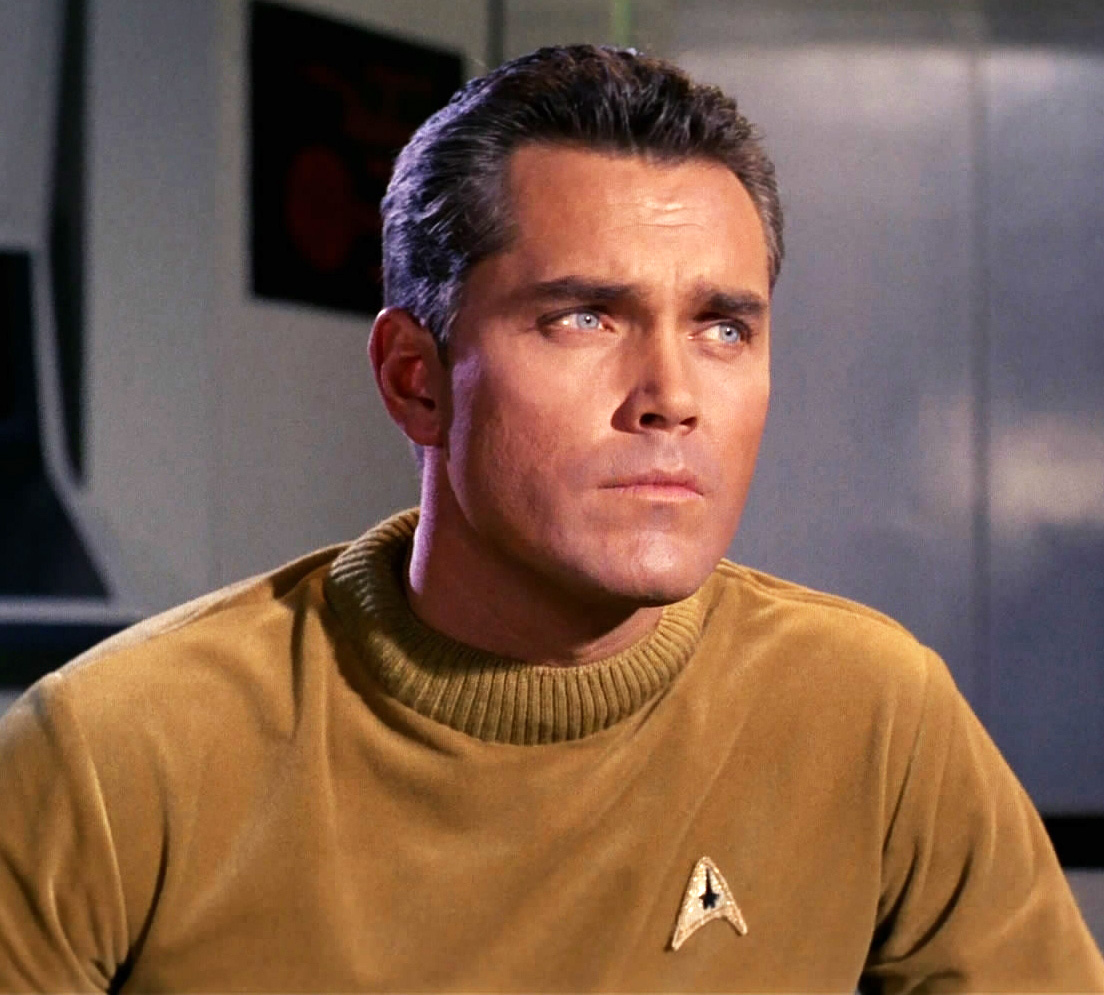Imagine a world where the iconic “Star Trek” series we know and love, beginning with the adventures of Captain Kirk, Spock, and McCoy, was a completely different story. That nearly became a reality, as the original pilot episode, titled “The Cage,” was rejected by NBC, forcing its creators to scrap the entire project and start over. While this lost pilot has become a point of fascination for fans, its story offers a glimpse into the early days of a cultural phenomenon and reveals a different version of “Star Trek” that may have shaped the franchise in a vastly different way.

Image: lamorguefiles.blogspot.com
“The Cage,” filmed in 1964, introduced us to a Starfleet crew headed by Captain Christopher Pike, not the brash and charismatic James T. Kirk. This pilot episode showcased a future far different from what we see in the final series. It was a slower, more contemplative story focused on diplomacy and the exploration of the human condition, with a heavy dose of science fiction elements that didn’t quite translate to the network’s expectations.
A Different Crew, A Different World
“The Cage” offered a glimpse of a Starfleet with a completely different vibe than the later “Star Trek.” Captain Pike was a more introspective and philosophical leader; he wasn’t as flamboyant as Kirk, but he commanded respect with his calm wisdom. His first officer, Number One, played by Majel Barrett (later to become Mrs. Gene Roddenberry), was a strong and intelligent woman, a role that was unconventional for television at the time. The crew, while facing dangers, was less focused on action and more steeped in exploration and understanding.
The “Cage” Crew
- Captain Christopher Pike: Pike was a calm, contemplative leader, more interested in understanding alien cultures than engaging in combat.
- Number One: The first officer, Number One, was a strong, intelligent woman, defying traditional gender roles in television at that time.
- Dr. Philip Boyce: Similar to McCoy, Dr. Boyce was a compassionate and skeptical doctor, but with a more reserved personality.
The Story of “The Cage”
The episode’s plot centered on the Enterprise‘s encounter with the Talosians, a race of telepathic beings who capture the crew and force them to participate in a simulated reality. The story emphasizes themes of isolation, loneliness, and the manipulation of perception. While the Talosians seem benign at first, their motives are ultimately revealed to be driven by their desire to keep the humans safe from the unknown dangers of the universe, a subtle but thought-provoking commentary on the dangers of societal isolation and the allure of control.

Image: www.cbr.com
A Different Kind of Alien
Unlike the diverse array of aliens we see in later seasons, the Talosians were a single, powerful species with a unique ability to manipulate reality. Their motivations were rooted in a desire to protect the humans, but their methods were questionable. This depiction of aliens underscored the original series’ exploration of the complexity of sentient beings and the dangers of unbridled power.
Why “The Cage” Was Rejected
Despite its intriguing premise and notable performances, “The Cage” failed to impress NBC executives. The episode was considered too slow, philosophical, and lacking in the action-packed elements that were popular in television at the time.
Reasons for Rejection
- Slow Pace: The episode’s focus on philosophical themes and character development was considered too slow for the network’s target audience.
- Lack of Action: The episode lacked the high-octane action sequences expected in science fiction shows of the era.
- Unconventional Characters: Number One’s strong role and Pike’s contemplative leadership were seen as too different from the typical male-dominated characters of the time.
The Legacy of “The Cage”
While rejected by NBC, “The Cage” wasn’t entirely forgotten. The network eventually commissioned a second pilot, “Where No Man Has Gone Before,” which would feature the classic “Star Trek” crew and introduce the iconic elements that defined the franchise. However, elements of “The Cage” continued to influence the series.
The Lasting Impact
A few important elements of “The Cage” were recycled for the revised “Star Trek.” Most notably, Captain Pike and Number One would return in the second season episode “The Menagerie,” providing backstory for Spock and revealing the tragic fate of the original crew. The Talosian civilization also made a brief return in the “Star Trek: Voyager” episode “Think Tank,” showcasing a more direct connection to the original pilot.
The Importance of “The Cage”
“The Cage” may have never aired as a first episode, but it serves as a fascinating historical artifact, providing a snapshot of a different vision for the “Star Trek” universe. It shows us that the “Star Trek” we know today could have been vastly different and reveals the unique challenges faced by creative visionaries trying to establish a new and groundbreaking franchise.
Star Trek Pilot Episode The Cage
Unlocking the Potential
The rejection of “The Cage” was a setback, but it ultimately led to the creation of the iconic “Star Trek” series we know. But, as we reflect on the lost pilot, it’s important to consider the potential that “The Cage” represented. Its themes of diplomacy, exploration, and understanding could have paved the way for a different kind of sci-fi series, one that emphasized the human condition and the power of communication.
While “The Cage” never aired, it continues to hold a special place in “Star Trek” history. It serves as a reminder of the creative process and the importance of pushing boundaries, even in the face of rejection. This glimpse into the early days of “Star Trek” reminds us that even when we don’t get what we expect, something even more incredible might be waiting around the corner.





